Monastery of Santa Maria de Seiça
- soniamelodias

- May 7, 2019
- 2 min read
The day after our visit to Évora, Cris Gonzalez and I managed to persuade my husband to take us to explore some abandoned sites.
I know it is hard for people to understand why we appreciate this places but Cris and I are different, we´re special and we have the ability to acknowledge a kind of beauty that not everyone has the sensitivity to recognize and, in addition to that, these sites contain an estate of artistic, cultural, architectural, historical, value left to the mercy of time and the forces of nature to undergo an inevitable degradation and fall into oblivion, which is very sad and deeply regrettable.
We begun with an amazing place: the Monastery of Santa Maria de Seiça, which although owned by the State is completely abandoned ...
It is a sublime, magical place inhabited by beautiful storks.
"The Monastery of Santa Maria de Seiça was erected around 1162 in the reign of Dom Afonso Henriques in central Portugal, more precisely in Seiça, very close to Figueira da Foz
In the reign of D. Sancho I the establishments of the Order of Cistere suffered a drastic reduction, leaving only two affiliations, one in Alcobaça and another in the Monastery of Santa Maria de Seiça, passing the latter to house a community of White Monks. After a troubled period in the reign of King John III, between the sixteenth and seventeenth centuries he underwent works and began to house the center of philosophical studies of the Order of Cister.
However, at the beginning of the last century, the monarchy fell and a very uncertain future began for this important monument. The Monastery was sold privately and these new owners transformed it into an industrial rice husking unit, which will have finished its work around 1976. Some vestiges of this transformation are still visible.
Still in 1834, after the extinction of the Religious Orders, the carvings and the stone altarpieces were removed and dispersed by several churches of the county.
Today what we see is a monument and an old industrial unit in ruins. The Convent once occupied by monks and friars, is today the exclusive residence of several families of storks.
At the top of the building grow shrubs and there are strategically placed nests.
One hears the silence of nature, broken by the free flight of the storks and from time to time by the passage of trains on the west line.
The entrance to the monument is forbidden for safety reasons.
In 2002 the Convent of Santa Maria de Seiça was classified as Property of Public Interest and in 2004 the purchase deed of the Monastery of Seiça was celebrated by the Municipality of Figueira da Foz. the sums are too large to be assured by the municipality alone. "






















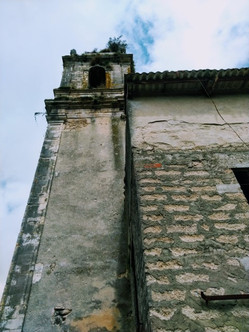



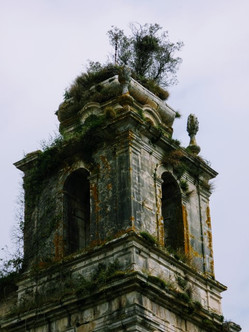

























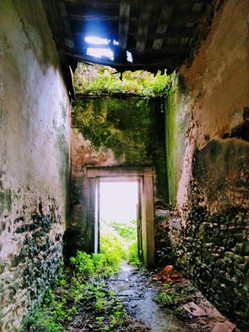







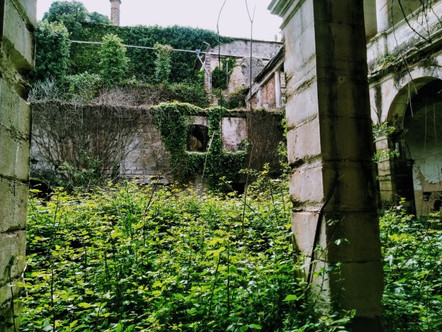



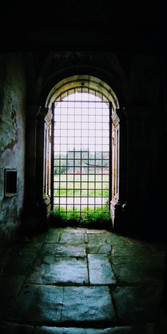



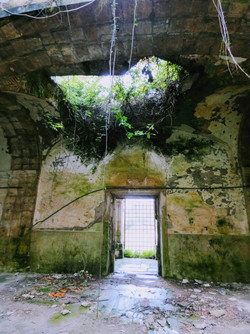







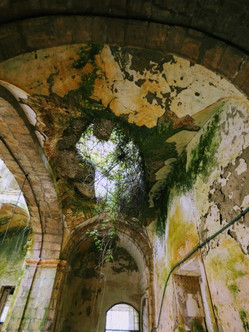



































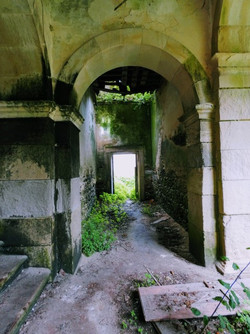















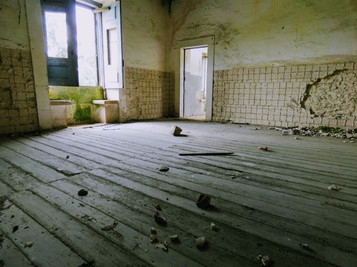





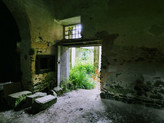

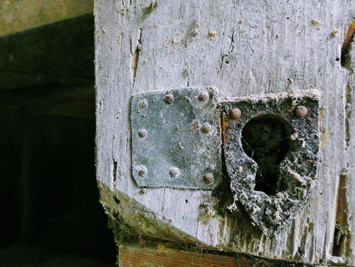



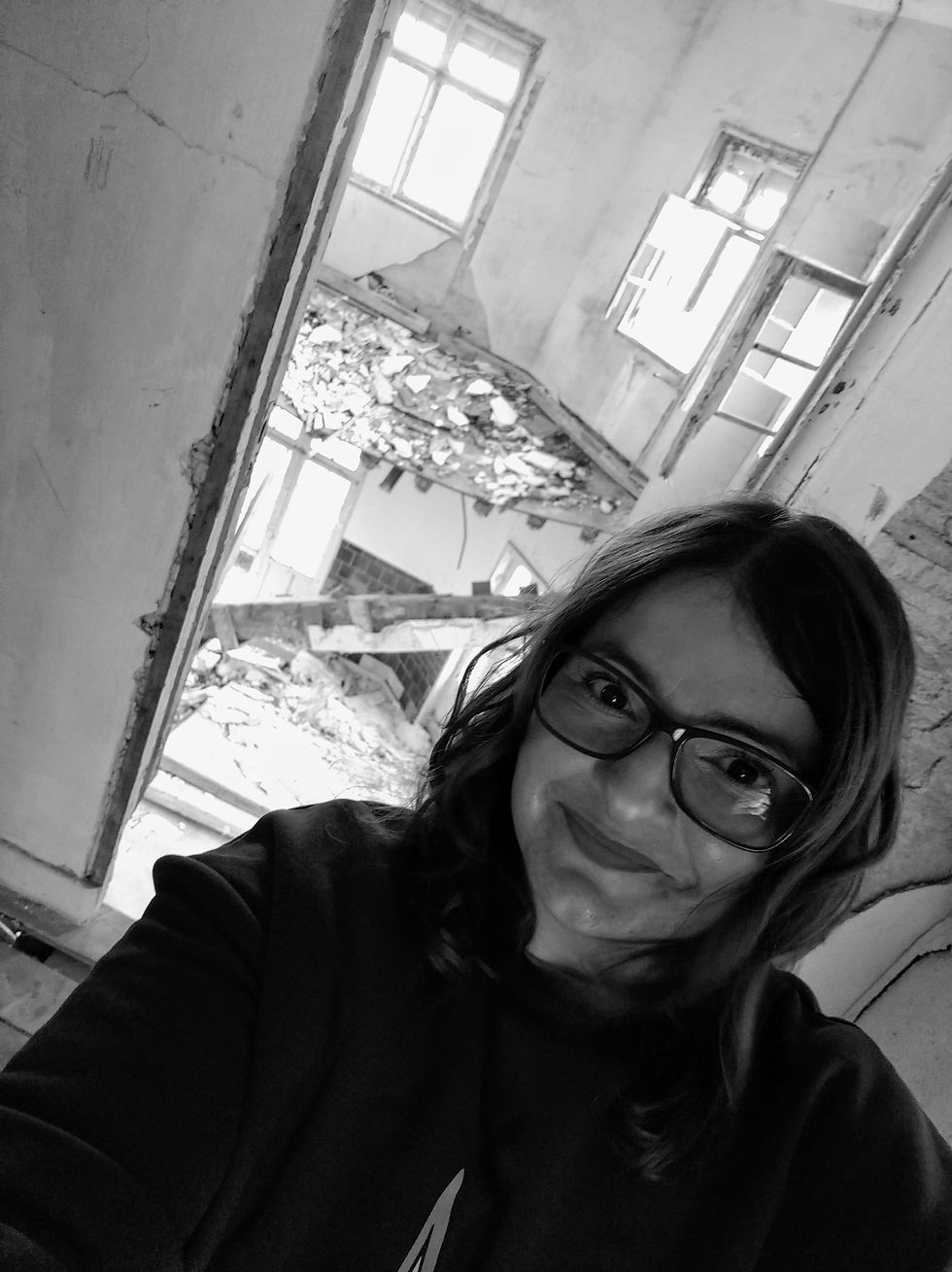

Comments